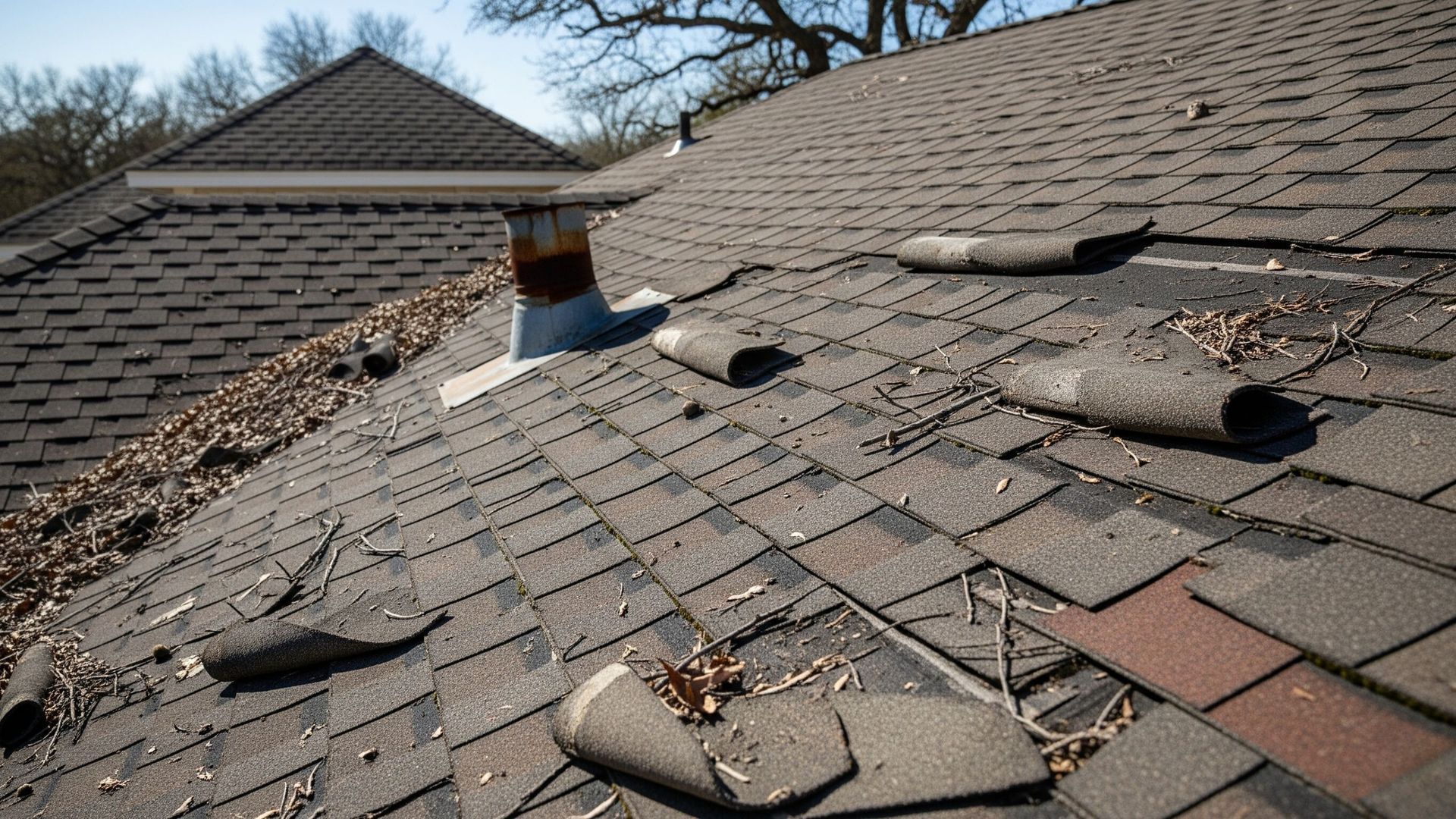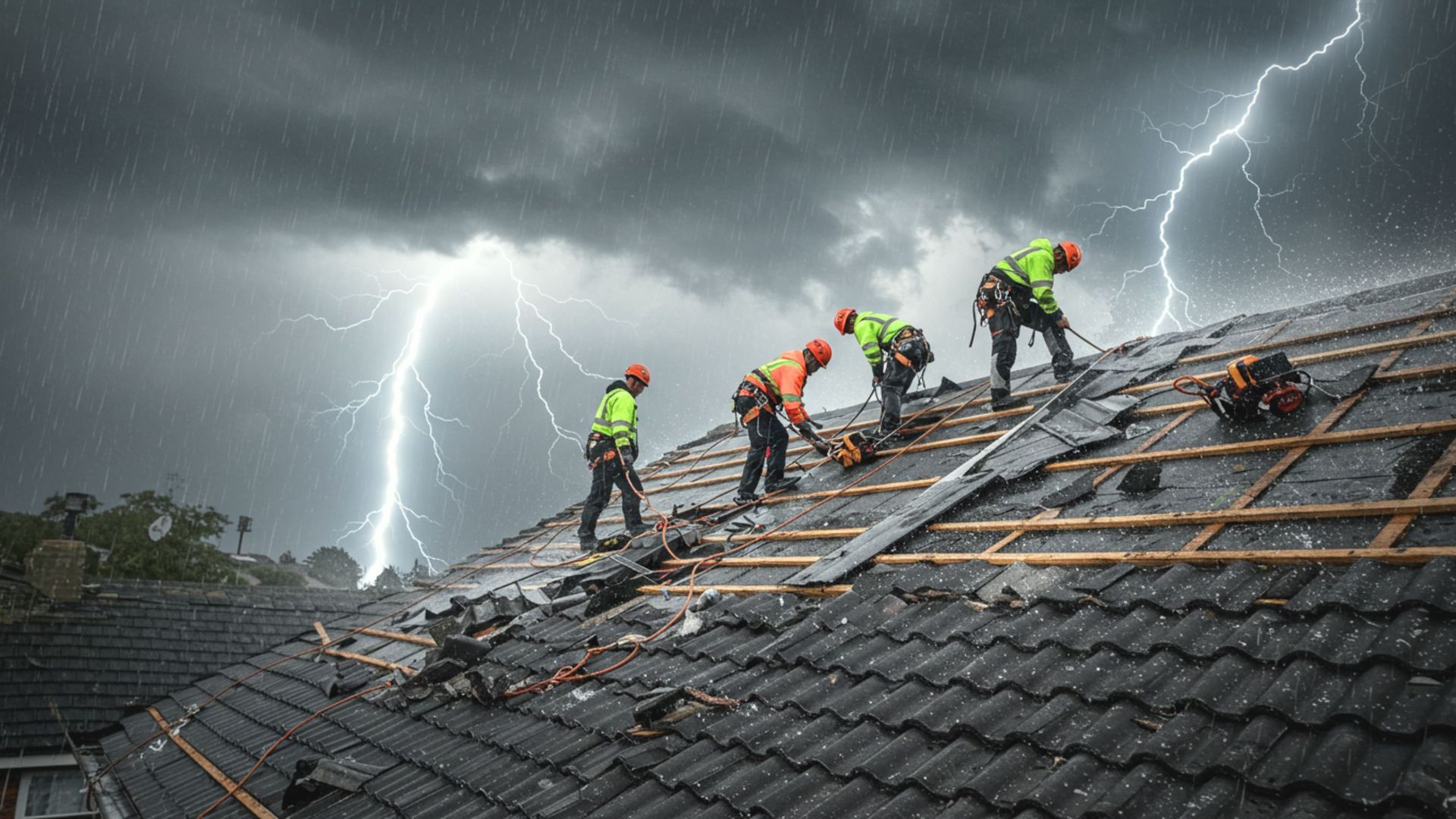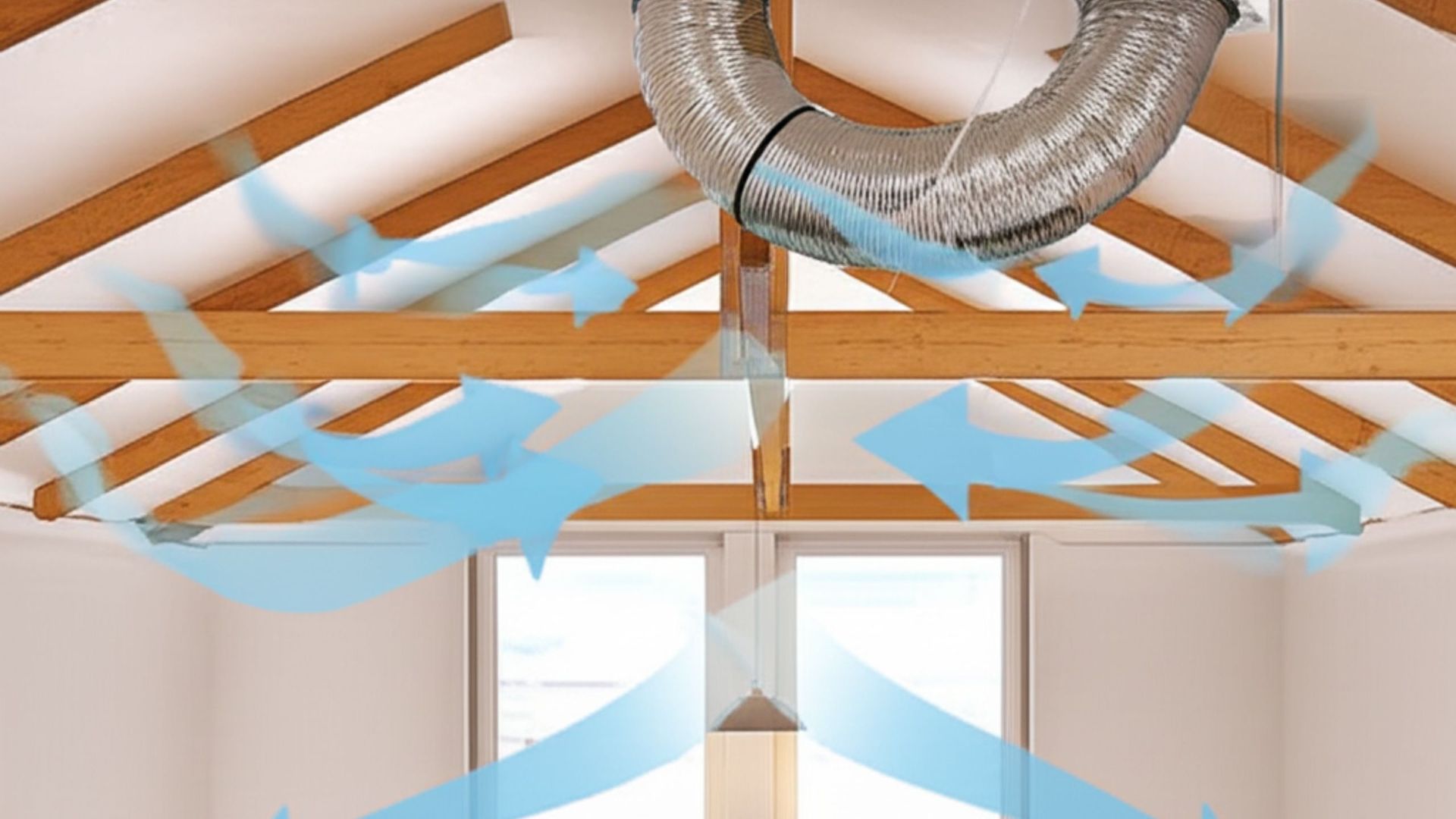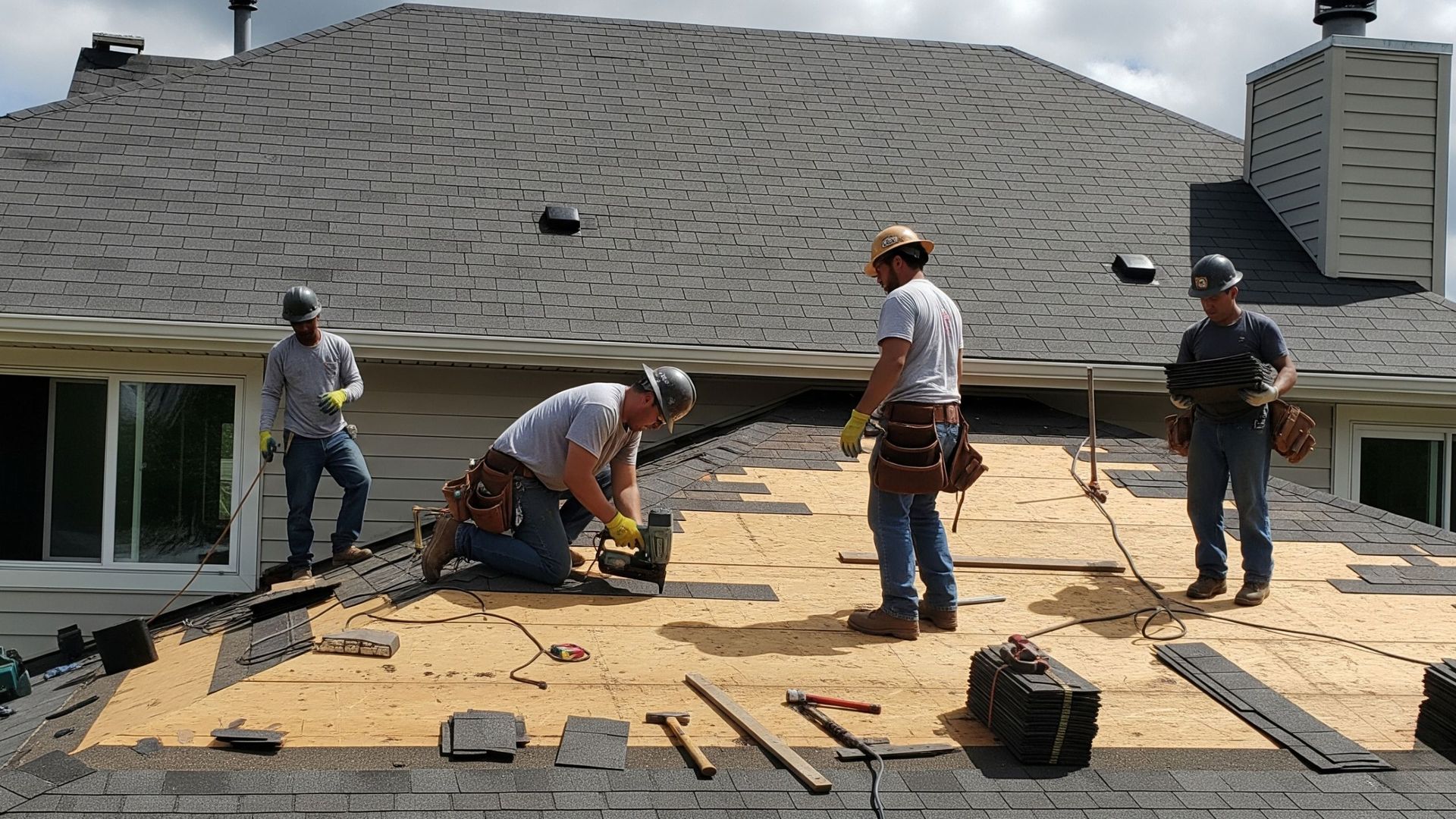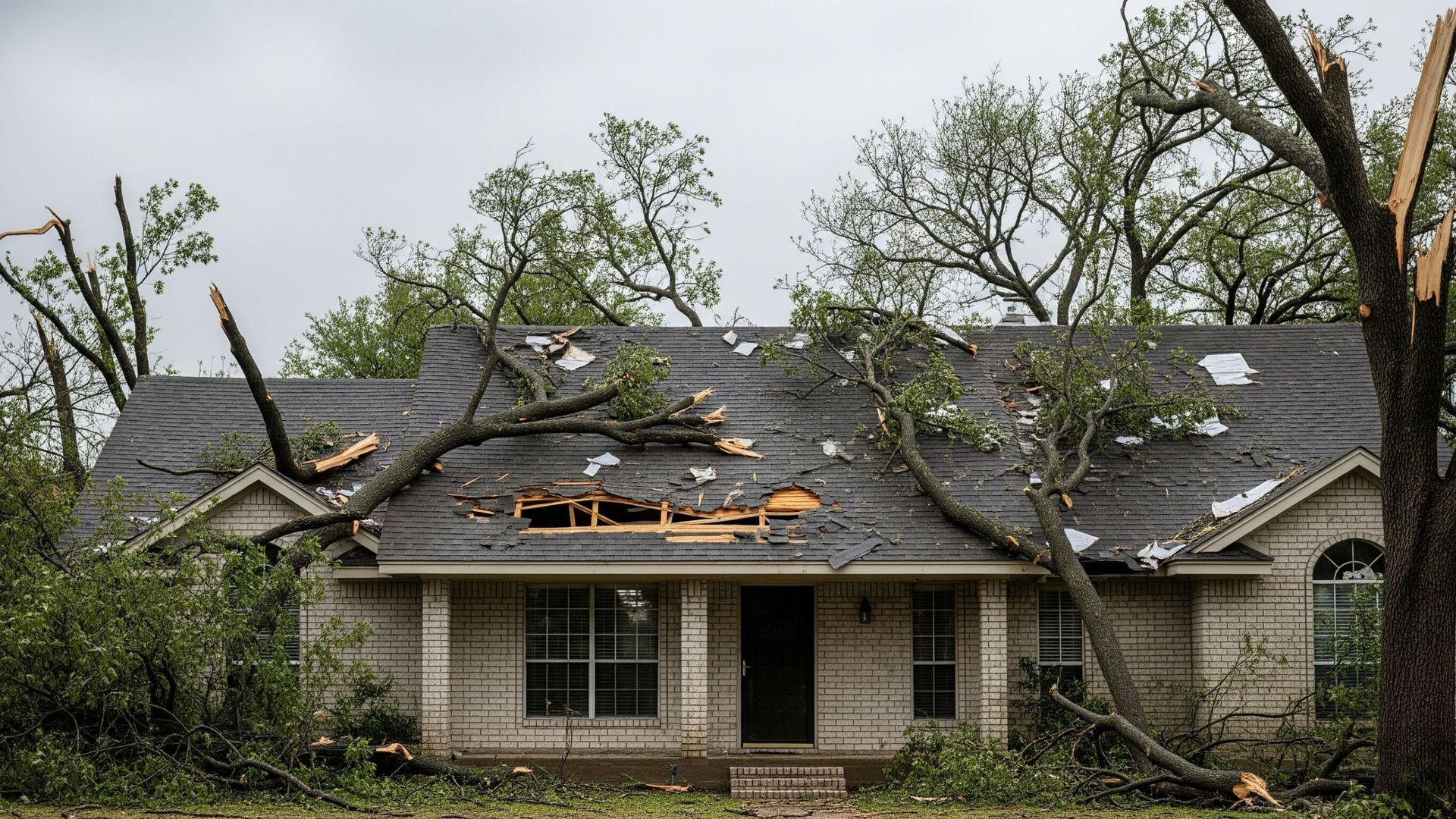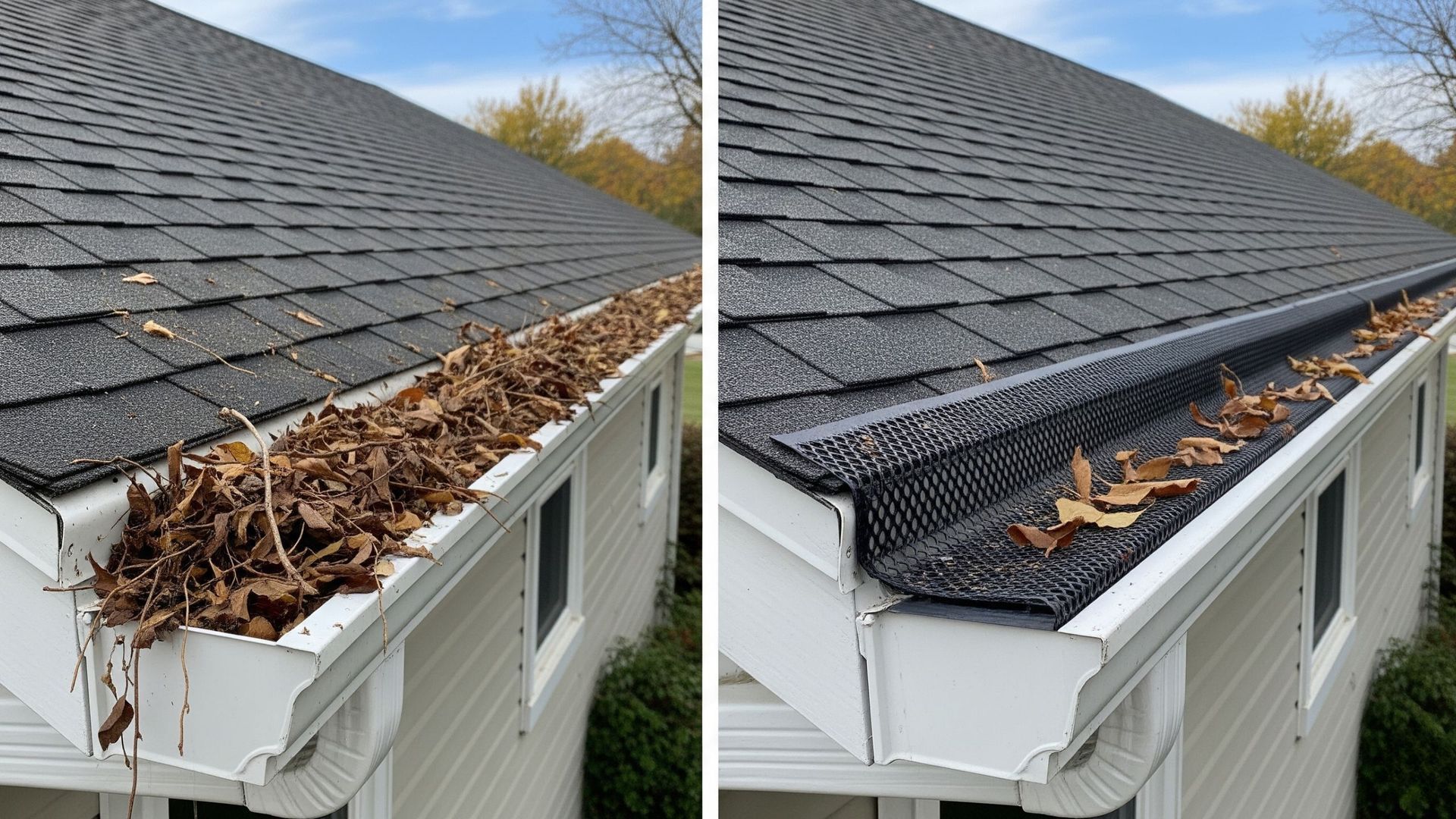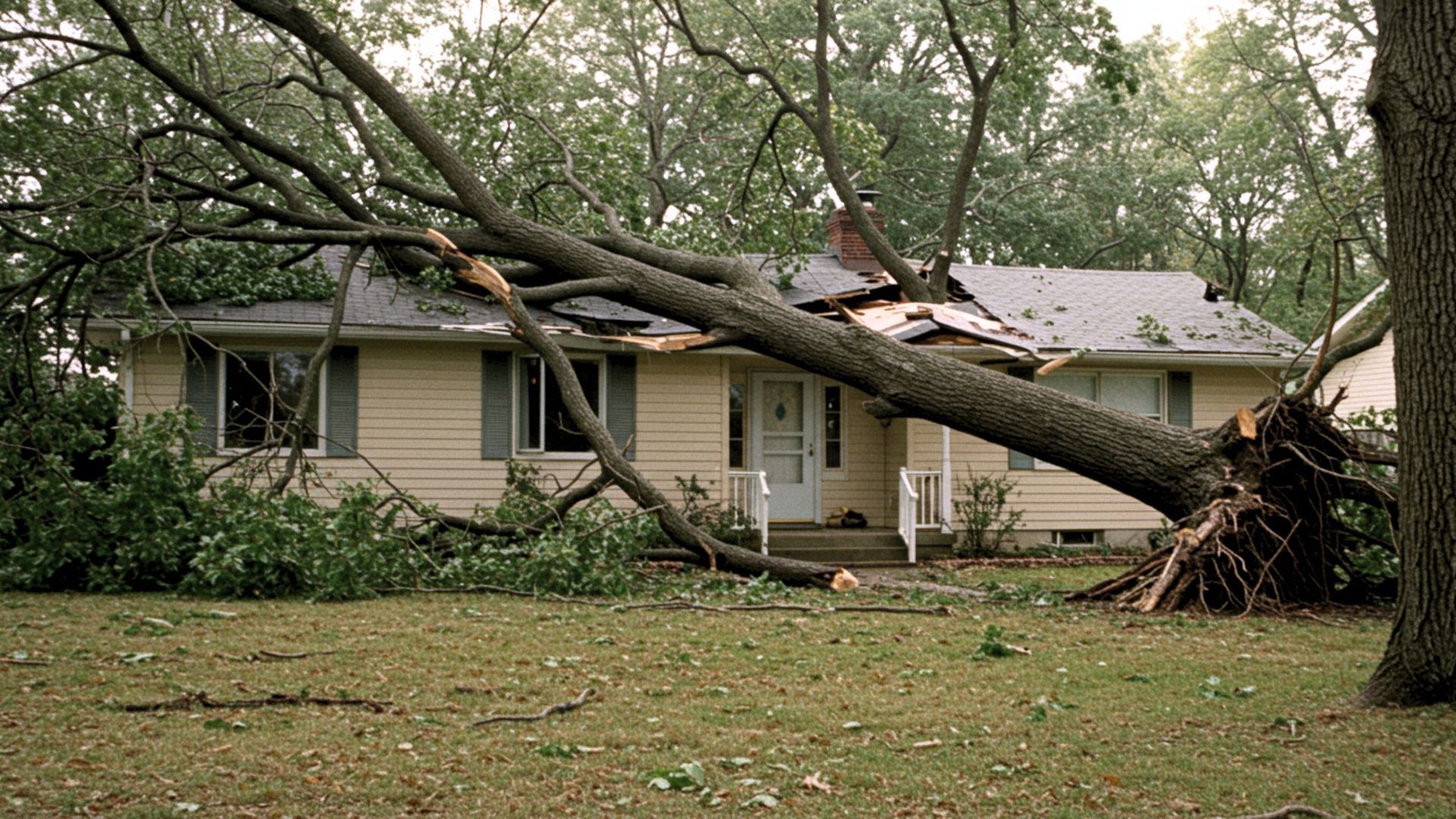How to File an Insurance Claim for Roof Damage: A Step-by-Step Guide
Experiencing roof damage can be stressful for homeowners, especially when it comes to navigating the insurance claims process. Whether caused by a storm, hail, or another event, filing a roof damage insurance claim can help cover the cost of repairs or even a full roof replacement. In this guide, we’ll walk you through the essential steps to file an insurance claim for roof damage and ensure that your home is protected.
Step 1: Assess the Roof Damage
Before filing a claim, it's important to assess the extent of the roof damage. Safety is paramount, so avoid climbing onto the roof yourself if it's unsafe. Instead, conduct a visual inspection from the ground or hire a roofing professional to inspect it for you. Look for missing shingles, cracked tiles, or other signs of damage like water stains on your ceilings or walls inside the home.
Taking photographs of the damage is crucial. These photos will serve as visual evidence that you can present to your insurance company. Capture close-ups of damaged areas as well as wide shots that show the overall condition of the roof. This documentation will be helpful during the claim review process.

Step 2: Review Your Insurance Policy
Once you’ve assessed the damage, review your homeowner's insurance policy. Not all roof damage is covered by insurance, so it’s essential to understand your policy's terms, coverage limits, and deductibles. Most standard policies cover damage caused by storms, hail, and wind but may not cover general wear and tear or damage caused by neglect.
Check your policy to see if it includes roof damage coverage, the maximum amount they will pay, and whether the coverage is based on the roof's actual cash value (taking depreciation into account) or its replacement cost. If you're unsure about your coverage, contact your insurance agent for clarification.
Step 3: Contact Your Insurance Company
Once you’ve reviewed your policy, contact your insurance company to initiate the claims process. Inform them of the roof damage and provide details about when and how it occurred. Many insurance companies require claims to be filed within a specific timeframe after the damage occurs, so don’t delay.
During this call, you’ll be assigned a claims adjuster who will be responsible for evaluating your claim. Make sure to ask any questions you may have about the process and what documentation they need from you. Be sure to get the name and contact information of the claims adjuster for follow-up purposes.

Step 4: Schedule an Inspection with the Insurance Adjuster
After you’ve reported the claim, your insurance company will send a claims adjuster to inspect your roof and assess the damage. The adjuster will determine whether the damage is covered under your policy and estimate the cost of repairs or replacement.
It’s a good idea to have your roofing contractor present during the adjuster’s inspection. Your contractor can provide insight into the damage, advocate on your behalf, and ensure that nothing is overlooked. After the inspection, the adjuster will compile a report detailing their findings and submit it to the insurance company.
Step 5: Obtain Repair Estimates
While waiting for the insurance company’s decision, gather repair or replacement estimates from reputable roofing contractors. Getting multiple estimates can help ensure that you're receiving a fair price for the work. Share these estimates with your insurance company to ensure that their payout reflects the actual cost of repairs.
Choose a contractor experienced in working with insurance claims. They can help streamline the process and communicate directly with the insurance company to ensure everything is handled properly.
Step 6: Finalize the Claim and Repairs
If your claim is denied, ask the insurance company for a detailed explanation and review your policy to ensure the denial is justified. You may have the option to dispute the decision if you believe your claim was unfairly rejected.
Once you’ve received payment, work with your chosen roofing contractor to complete the repairs or replacement. After the work is done, inspect the roof to ensure the job has been completed to your satisfaction before closing out the claim.

TrustWorks Construction Can Help You Navigate the Process
Filing an insurance claim for roof damage can be daunting, but following these steps can help simplify the process and ensure you get the coverage you deserve. At TrustWorks Construction, we’re experienced in working with insurance claims and can guide you through each step, from assessing the damage to completing the repairs.
If you’ve experienced roof damage and need assistance with the insurance claims process, contact TrustWorks Construction today. Our knowledgeable team will help you every step of the way to ensure your home is protected and restored.
